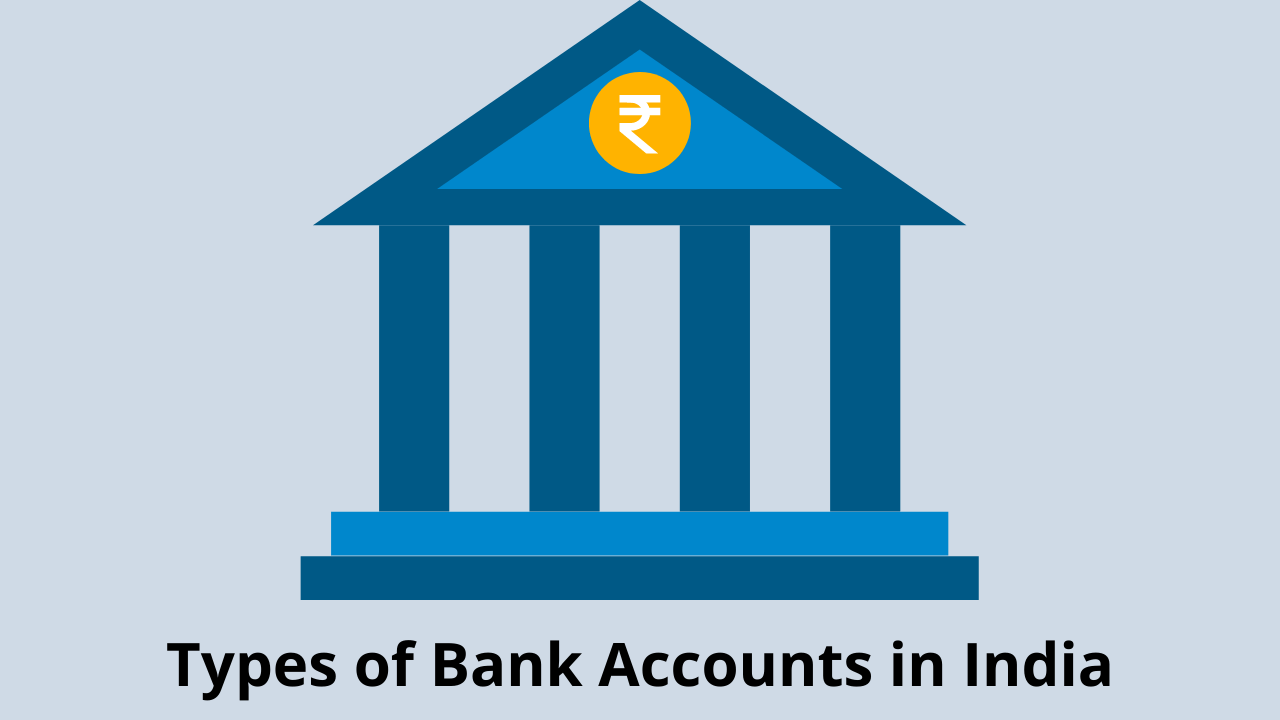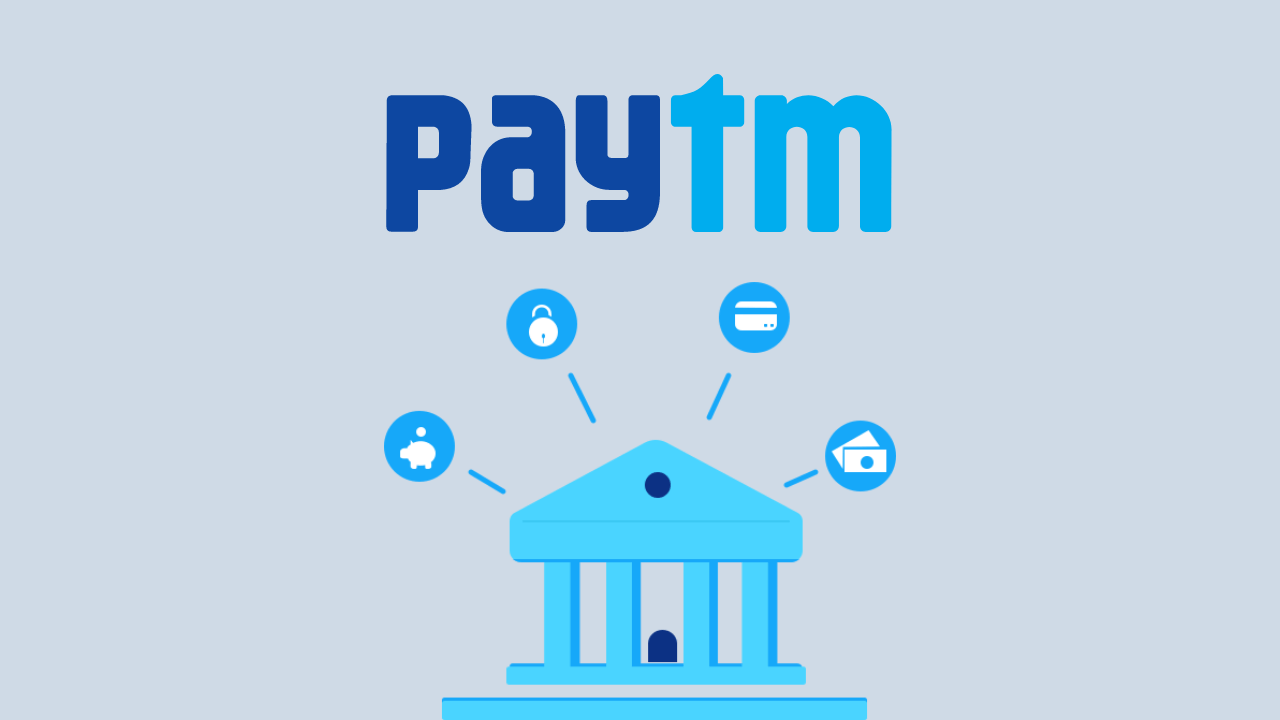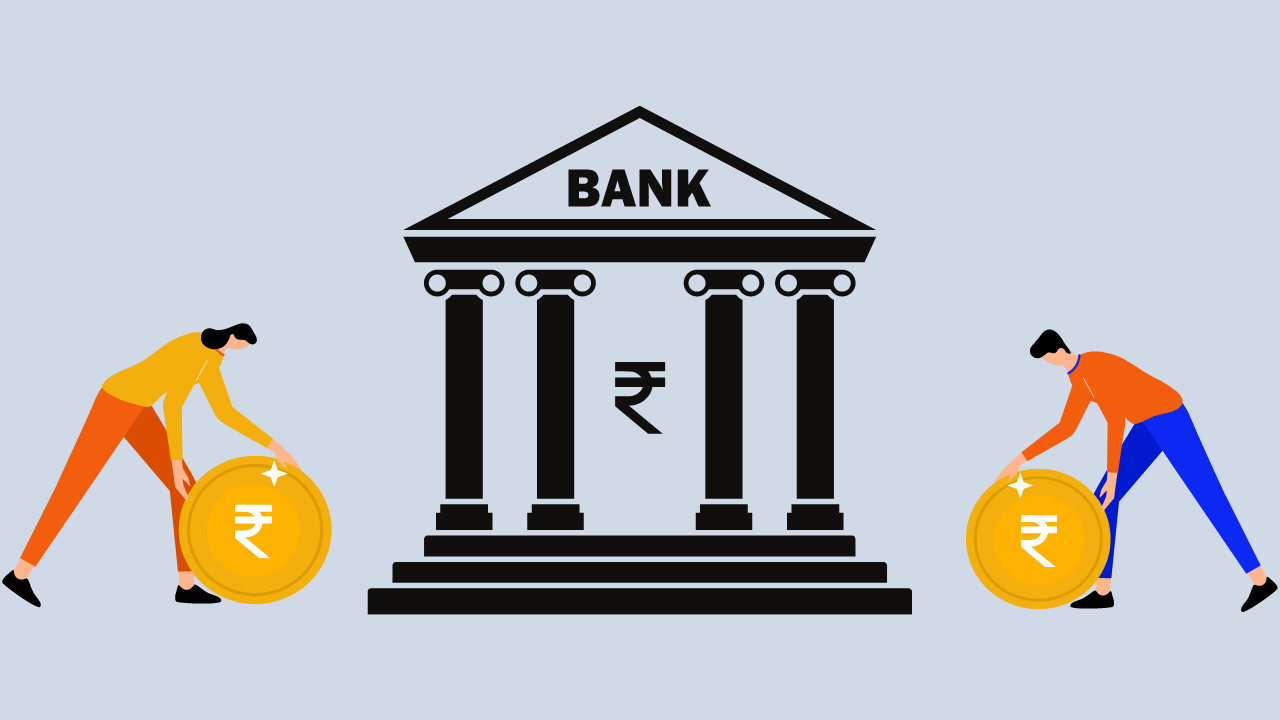The Indian stock market is a bustling arena where terms like “stock split” often come into play, leaving many investors curious about their significance. In this comprehensive guide, we aim to unravel the concept of stock splits in the Indian context, providing a clear understanding of what they are, how they work, and their implications for investors.
Understanding Stock Splits
In the Indian stock market, a stock split is a corporate action where a company decides to divide its existing shares into multiple shares. The result is an increase in the total number of outstanding shares while maintaining the overall market capitalization of the company. The primary objective is to make shares more affordable to a wider range of investors, thereby increasing liquidity.
Mechanics of a Stock Split:
Stock splits in the Indian market are typically expressed as ratios, such as 2-for-1 or 3-for-1. Let’s break down the mechanics of a 2-for-1 stock split:
- Before the Split:
— Assume Company ABC has 1 million shares outstanding, and the stock is priced at INR 200 per share.
— The market capitalization is 1,000,000 shares * INR 200/share = INR 200 million. - 2-for-1 Stock Split Announced:
— Each existing shareholder is granted an additional share for every share they own.
— The total number of shares now becomes 2 million (1 million existing shares + 1 million new shares). - After the Split:
— The stock price is halved to INR 100 per share (original INR 200/share ÷ 2).
— The market capitalization remains the same: 2 million shares * INR 100/share = INR 200 million.
Why Companies Opt for Stock Splits in India:
- Increased Market Accessibility:
— By lowering the stock price, companies aim to make their shares more affordable, attracting a broader spectrum of investors, particularly retail ones. - Enhanced Liquidity:
— A higher number of outstanding shares often results in increased liquidity. This benefits both the company and its investors, facilitating smoother transactions. - Positive Market Perception:
— Companies may view stock splits as a positive signal, indicating confidence in their growth prospects. This perception can attract more investors.
How Stock Splits Impact Indian Investors:
Example: 2-for-1 Stock Split
- Before the Split:
— Imagine you own 100 shares of Company XYZ, each priced at INR 300.
— Your total investment is 100 shares * INR 300/share = INR 30,000. - 2–for–1 Stock Split Announced:
— After the split, you receive one additional share for each share you own.
— Now, you own 200 shares (original 100 shares + 100 additional shares). - After the Split:
— The stock price is halved to INR 150 per share (original INR 300/share ÷ 2).
— Your total investment remains INR 30,000: 200 shares * INR 150/share = INR 30,000.
Impact on Retail Investors:
- Increased Share Quantity:
— Retail investors witness a surge in the quantity of shares they hold post-split, maintaining the overall value of their investment. - Perceived Affordability:
— Lower stock prices post-split might make the shares seem more accessible, potentially attracting new retail investors. - Liquidity Benefits:
— With more shares available for trading, retail investors may experience enhanced liquidity, allowing for smoother transactions.
Pros and Cons of Stock Splits in the Indian Context:
Potential Benefits for Indian Investors:
- Market Accessibility:
— Lower stock prices post-split can attract a larger pool of retail investors, democratizing market participation. - Liquidity Boost:
— Increased liquidity benefits both the company and its investors, fostering a more vibrant and active stock market. - Retail Investor Engagement:
— Stock splits can potentially engage more retail investors, aligning with the Indian government’s efforts to increase retail participation in the equity market.
Considerations and Risks:
- Market Misinterpretation:
— Investors should avoid misinterpreting a stock split as a guaranteed positive sign. It’s crucial to conduct thorough fundamental analysis alongside evaluating the split. - Volatility Post–Split:
— Short–term volatility can be expected as investors adjust to the new share structure. However, this is usually a transient phase. - Long–Term Value Preservation:
— Investors are advised to focus on the long-term value and growth prospects of the company, rather than solely relying on the stock split.
Recent Examples of Stock Splits in Indian Companies:
1. Infosys Limited:
— In 2018, Infosys executed a 1:1 bonus issue, effectively doubling the number of shares. While not a traditional stock split, the impact on share prices and investor portfolios was similar.
2. Tata Consultancy Services (TCS):
— TCS implemented a 1:1 bonus issue in 2018, following the same principle of doubling the number of outstanding shares.
Conclusion:
In the Indian stock market, stock splits are strategic moves by companies to influence market dynamics, attract a diverse set of investors, and potentially enhance liquidity. Understanding the mechanics of stock splits, their impact on retail investors, and the broader implications for the market is crucial for anyone looking to navigate the complexities of the Indian stock exchange.
As with any investment decision, investors should conduct thorough research, consider their individual financial goals and risk tolerance, and consult with financial professionals if needed. By comprehending the concept of stock splits and integrating this knowledge into their investment strategies, investors can make more informed decisions and position themselves for success in the ever–evolving world of Indian finance.









